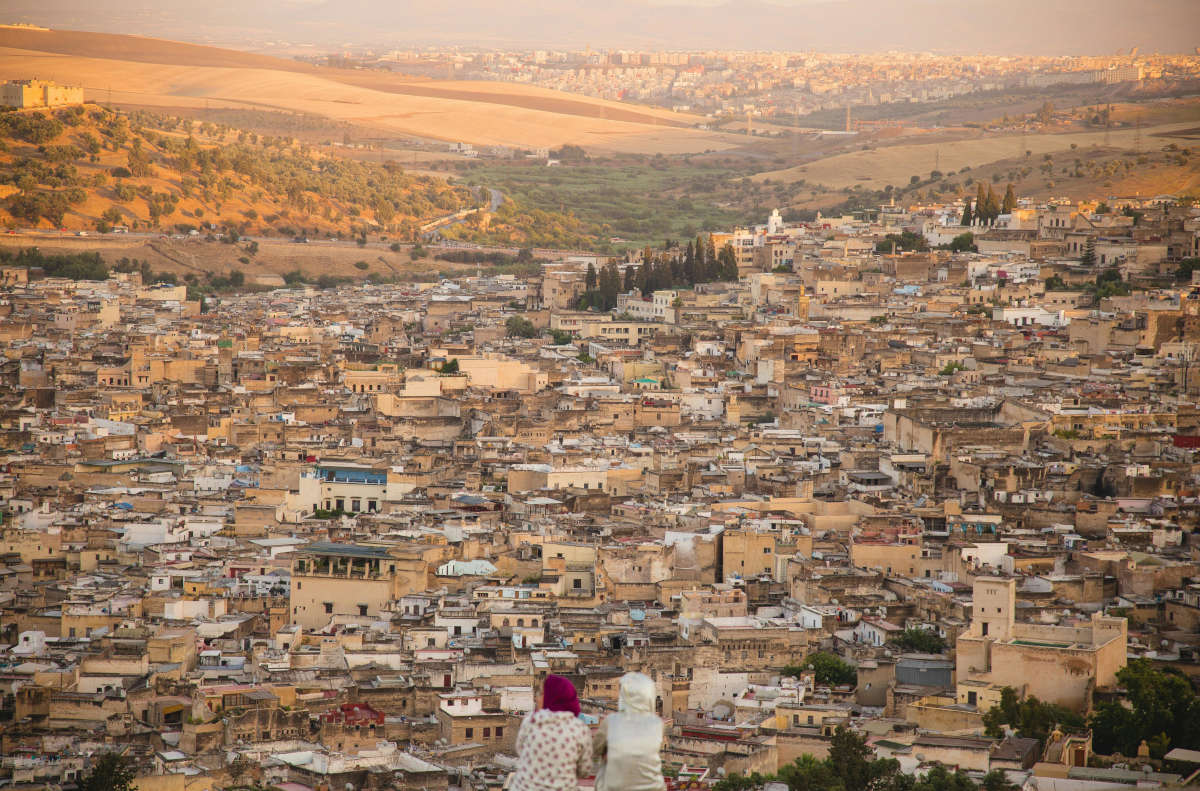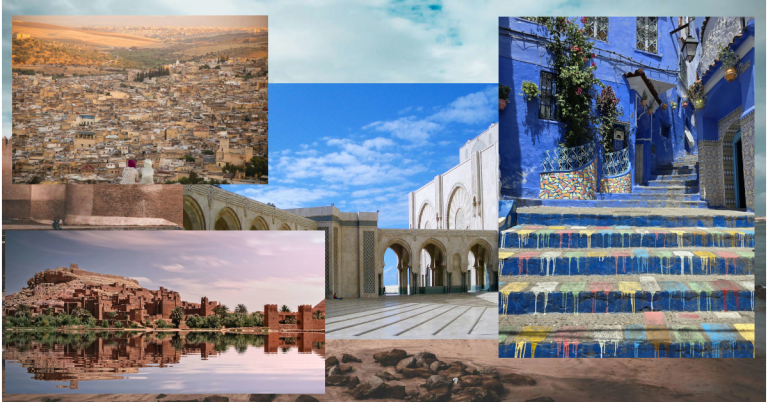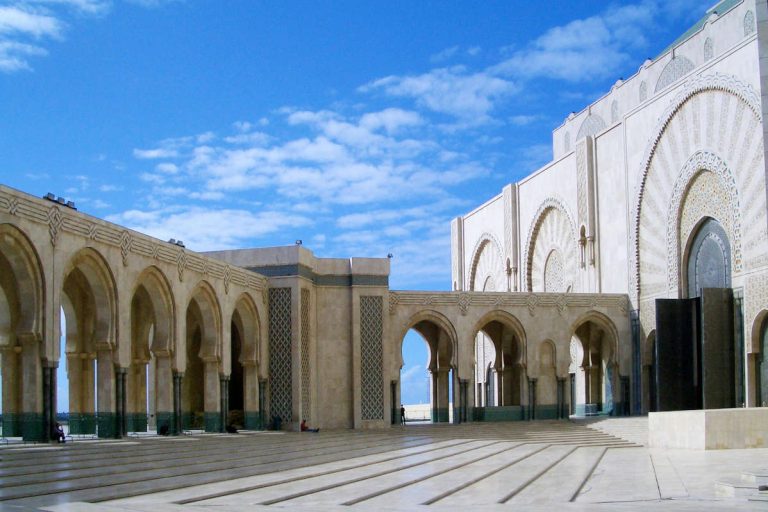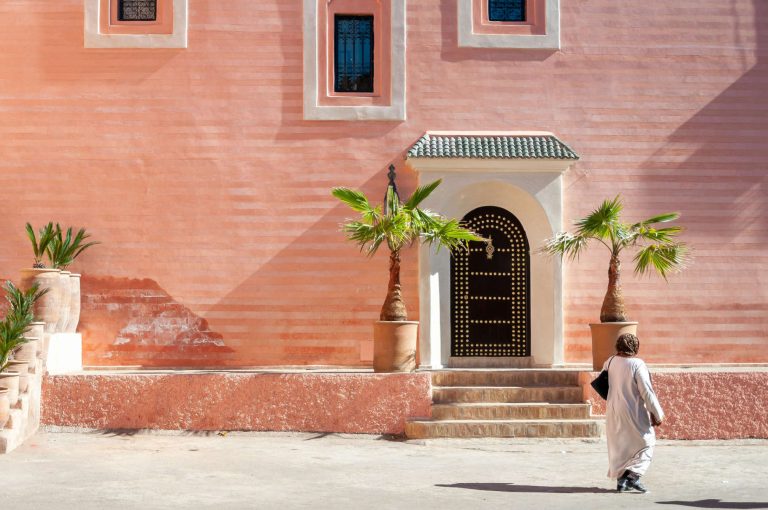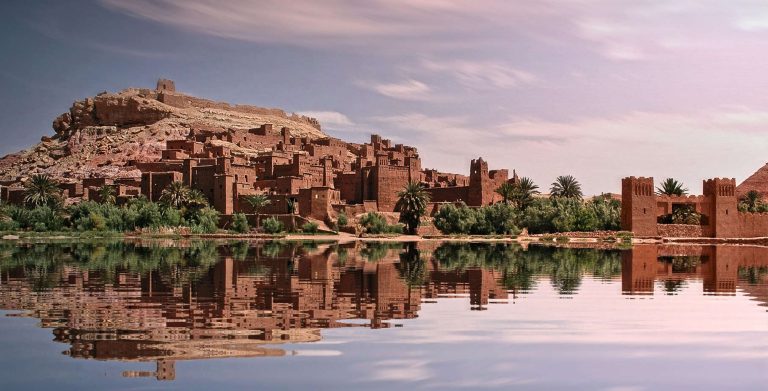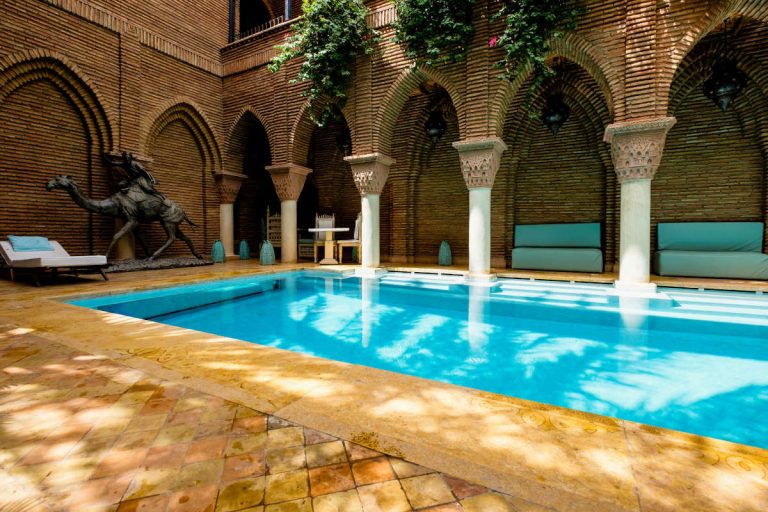Fez Morocco: Cultural Capital and Imperial Jewel
Discover Fez Morocco, the country’s cultural capital and imperial jewel. Explore its medina, history, and traditions in this complete travel guide.
Fez el-Bali: The World’s Largest Medieval City
The ancient medina of Fez el-Bali represents one of the world’s largest and best-preserved medieval cities. This UNESCO World Heritage site contains over 9,000 narrow alleyways, creating a maze that has remained virtually unchanged since the Middle Ages. Getting lost in these streets isn’t just inevitable—it’s part of the magical experience.
Within these walls, traditional life continues as it has for centuries. Artisans work in tiny workshops using techniques passed down through generations, from copper smiths hammering intricate patterns to weavers creating colorful textiles on ancient looms. The sounds, smells, and sights create an immersive journey through time.
The University of Al Quaraouiyine: Cradle of Learning
Fez houses the University of Al Quaraouiyine, founded in 859 CE and recognized by UNESCO as the world’s oldest continuously operating university. This institution has been a beacon of Islamic learning for over a millennium, attracting scholars from across the Muslim world and beyond.
The university’s library contains an invaluable collection of ancient manuscripts, some dating back to the 9th century. While access is limited, the building itself represents the intellectual legacy that has made Fez synonymous with scholarship and learning throughout the Islamic world.
Master Craftsmen and Ancient Trades
Fez is renowned for its exceptional craftsmanship, particularly in leather work, ceramics, and textiles. The famous Chouara Tannery offers a fascinating glimpse into traditional leather production methods that haven’t changed in centuries. From rooftop terraces, visitors can observe workers treating hides in stone vats filled with natural dyes, creating the soft leather goods for which Morocco is famous.
The pottery workshops produce the distinctive blue and white ceramics known as “Fez Blue,” a color that has become synonymous with the city. Watching master potters shape clay on ancient wheels while apprentices learn the trade provides insight into Morocco’s commitment to preserving traditional skills.
Architectural Splendors
Fez’s architecture represents some of the finest examples of Moroccan and Islamic design. The Bou Inania Madrasa, built in the 14th century, showcases exquisite geometric patterns, intricate wood carvings, and stunning tilework that exemplify Marinid architecture.
The Royal Palace, though not open to the public, presents magnificent brass doors and impressive walls that hint at the grandeur within. The surrounding Mechouar (royal grounds) offers beautiful examples of Islamic garden design and architecture.
A Living Museum
Unlike many historical cities that feel frozen in time, Fez remains vibrantly alive. Families still live in traditional riads, children play in the streets, and daily life unfolds naturally around visitors. This authenticity makes Fez feel less like a tourist attraction and more like a privilege to witness.
Local guides, many of whom grew up in the medina, share personal stories that bring the city’s history to life. Their intimate knowledge of hidden corners, family traditions, and local customs provides insights that no guidebook can offer.
Culinary Traditions
Fez’s cuisine is considered among Morocco’s most refined. The city is famous for its pastries, particularly chebakia (sesame cookies) and traditional sweets. Local restaurants serve authentic Fassi cuisine, characterized by subtle spice blends and sophisticated preparation techniques that reflect the city’s aristocratic heritage.
Planning Your Exploration
Fez requires at least two full days to appreciate properly, though many visitors find themselves wanting more time. The medina can be overwhelming initially, so consider hiring a local guide for your first day. The spring and fall months offer the most comfortable weather for extensive walking through the narrow streets.
Fez offers an unparalleled journey into Morocco’s cultural soul, where every corner reveals centuries of history and tradition waiting to be discovered.

